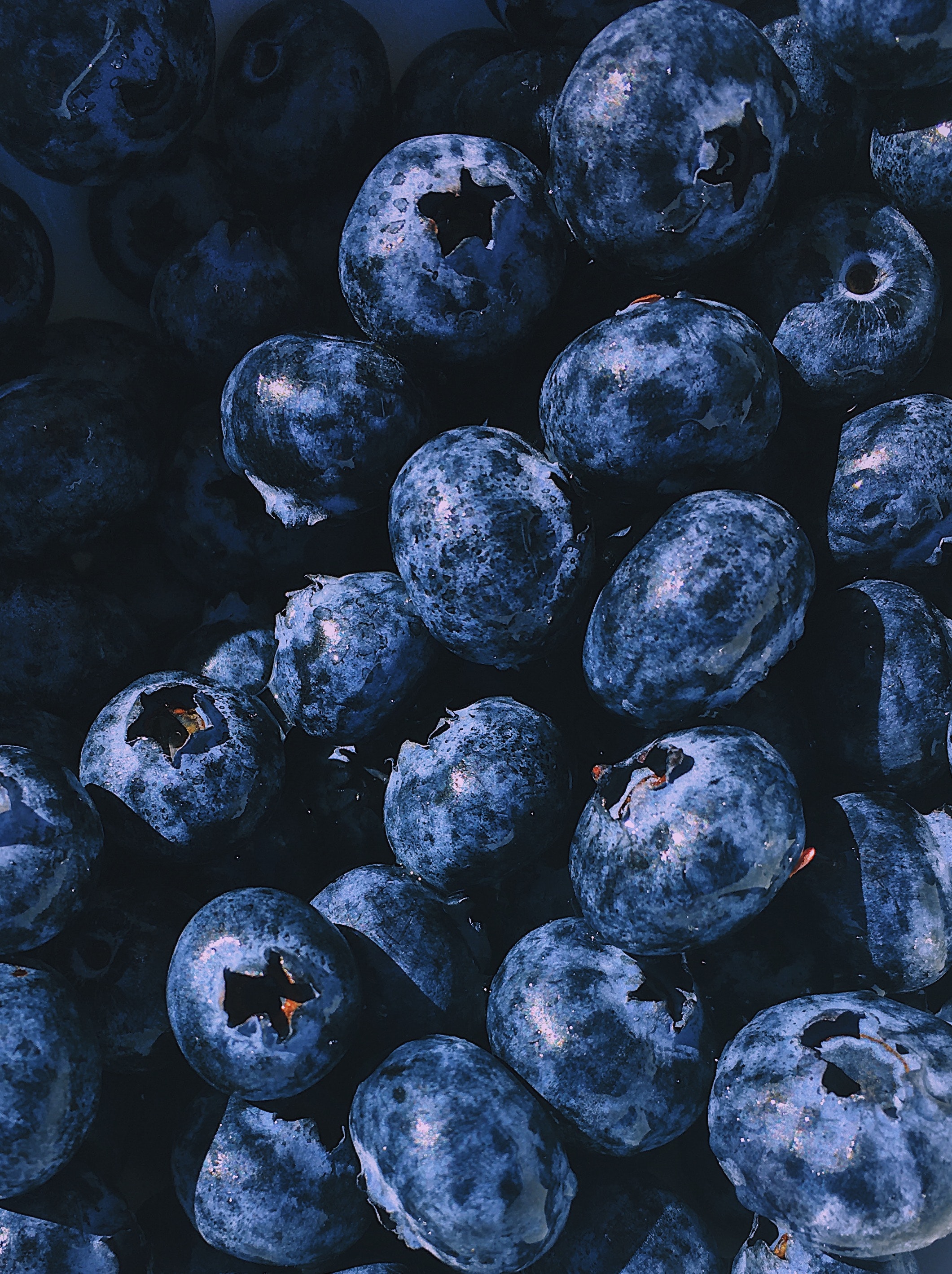There is no doubt that blueberrieshas become popular with consumers worldwide over the last decade. Consider the healthy image that blueberrieshas developed, add the convenience of consumption and it is not surprising that sales of blueberrieshave exploded in the last 10 years. The increasing dynamics of supply and demand bring huge challenges in managing the quality of blueberriesafter harvest.
SUPPLY AND DEMAND FOR BLUEBERRIESARE INCREASING.
Sales of blueberrieshave increased worldwide over the past decade. In Europe, a growing supply will most likely continue to drive the consumption of blueberries. Furthermore, the berries are not only trendy on the American and European continents, but are also becoming increasingly popular in China.
The current market is driving international production of blueberries, thus increasing availability for consumers and driving global demand. The annual production numbers clearly show this trend: while in 2010 only 4 countries produced more than 10,000 tonnes of blueberriesper year, in 2019 the number of countries producing more than 10,000 tonnes per year was 11. This reflects the continuous growth of blueberriesproduction, which started to increase in 2012 and has not slowed down so far.
The 4 largest producing countries in 2010 were the United States (224,000 tonnes), Canada (84,000 tonnes), Chile (76,000 tonnes) and France (11,000 tonnes). Peru is probably the most surprising country showing an impressive increase in production to almost 125,000 tonnes of blueberriesin 2019. The country has become the fourth largest producer in the world. The US was by volume still the leading producing country in 2019. However, in value terms Peru was the world's largest exporter in 2019.
POST-HARVEST QUALITY CHALLENGES
The increasing dynamics of supply and demand bring enormous challenges in managing the quality of blueberriesafter harvest. Year-round supply is currently achieved through geographical segregation of production and relies on global logistics to ensure timely and efficient (long-distance) distribution from producers to consumers.
In addition, consumers and distributors demand high qualityblueberries: crisp, juicy, sweet, aromatic, uniform in appearance/size and free from rot and bruising. These quality characteristics are highly dependent on the cultivar, are influenced by cultivation practices such as irrigation, fertilisation and crop protection measures and are affected by the duration and conditions of transport/storage.
Although blueberriesare climacteric fruits, the food quality of these fruits does not improve after harvesting. For this reason, blueberriesmust be harvested at an almost complete stage of ripeness, which makes quality management even more delicate. In addition, variations in cultivars and growing conditions lead to significant quality variations between batches of blueberriesat the end of the chain, both for retailers and consumers. To manage the quality of blueberriesand avoid unnecessary losses in the supply chain, good practice guidelines are essential.
TRANSPORT AND STORAGE CONDITIONS
Research into the effects of temperature, relative humidity and gas conditions has shown that hardness, weight loss, total soluble solids content (°Brix) and ethylene production are strongly influenced by transport and storage conditions.

blueberriesare not sensitive to cold and can therefore be transported and stored between -1 and 1°C. Theapplication of low temperatures reduces weight loss, ethylene production and delays senescence. In particular, decreasing the solubilisation rates of pectin and hemicellulose helps to slow down the rate of softening, which starts already after harvesting.
Structural changes during storage for 6 weeks at 2°C include a decrease in elasticity, which leads to a loss of crunchiness. In addition, the berries may become gummy, floury and lose flavour.
Under controlled atmosphere or modified atmosphere (CA or MA, respectively) conditions, high CO2 can help to suppress fungal decay and delay softening. However, concentrations above 15-20% will lead to loss of flavour and formation of unpleasant odour. The application of reduced levels of O2 (up to 6%) can maintain quality by suppressing ethylene production and decreasing the ripening rate.
The extent of these effects depends, however, on several factors such as the maturity of the berries at harvest. Further research is needed to define in which situations the application of high CO2 and low O2 concentrations in combination with cultivar, harvest strategy and production period provide sufficient improvement in quality and shelf life.
Ethylene plays an important role in the quality and shelflife of various fruits. blueberries is no exception. High amounts of ethylene have a negative effect on quality, as this plant hormone increases the senescence of the fruit without improving the development of the berry's flavour.
In addition, the growth of mould (Botrytis cinerea) can be stimulated in the presence of ethylene. In summary, particular attention must be paid to the presence of ethylene during transport and storage. With regard to theapplication of ethylene inhibitors such as 1-methylcyclopropene (1-MCP), there is still no common understanding of the effects of this post-harvest treatment in current distribution chains.
BASIC MEASURE FOR QUALITY MANAGEMENT
As discussed above, there are several factors that influence the quality of blueberries. However, there is at least one post-harvest measure that should always be applied to manage the quality of blueberriesthroughout the chain: rapid cooling at harvest to remove field heat.
blueberriesshould be cooled as quickly as possible (preferably within 1 hour) with forced air cooling. Further handling of the berries (grading, sorting and packing) should be carried out below 10°C and the berries should be kept refrigerated (0-3°C) until consumption.
Source: Wageningen








